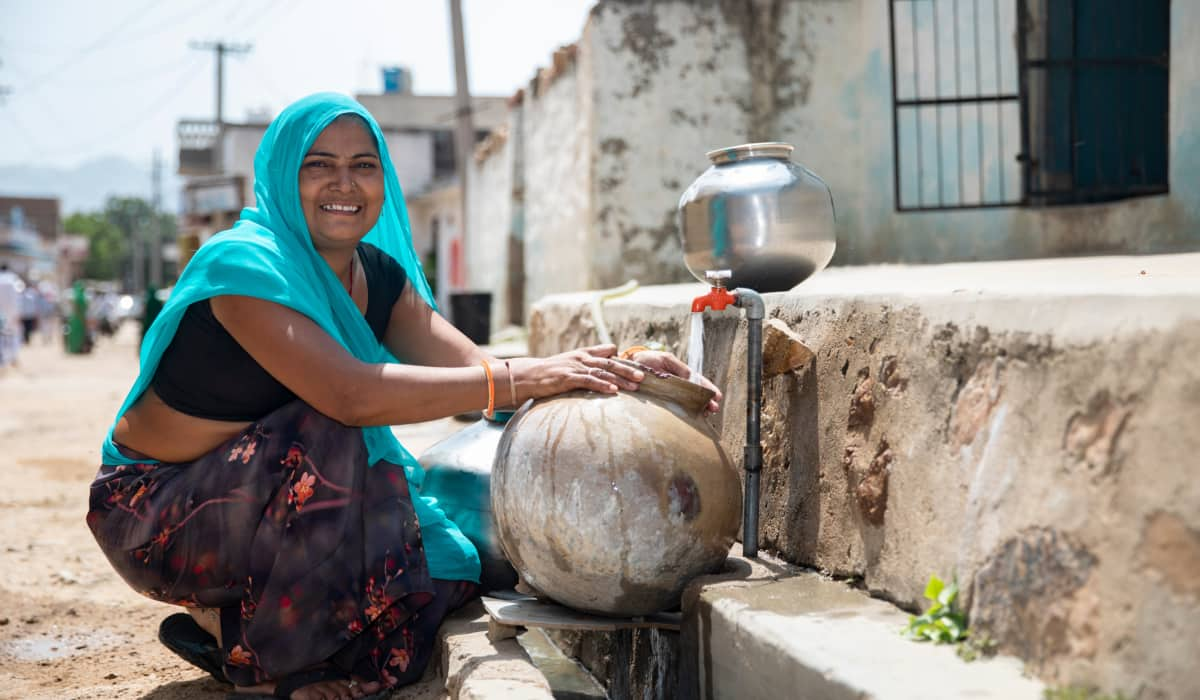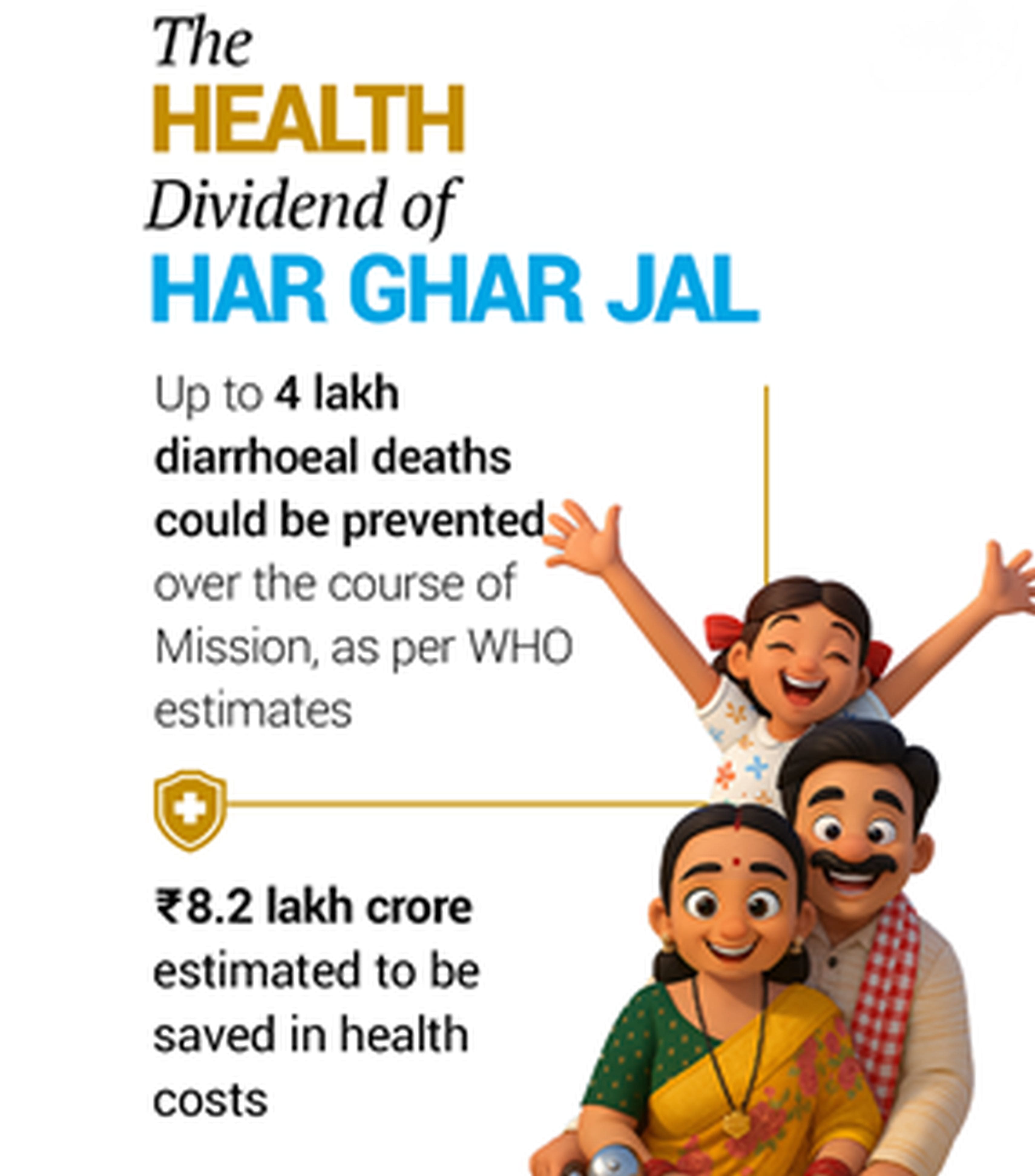Sikkim – nestled amidst the majestic Himalayas, and renowned for its pristine landscapes and rich cultural heritage, became a part of India as its 22nd state on 16th May 1975. However, the state witnessed the series of its real developments only after when PM Modi took leadership in the year 2014.
The state saw unprecedented push, catalytic efforts and transformative changes in sectors such as infrastructure, tourism, healthcare and education. With PM Modi’s visionary approaches, progressive mindset and strategic policies, the government led a multifaceted approach, accompanied by far-reaching policies to bring inclusive and sustainable development in the region.
Last 10 years of growth in the state can be hailed as a gamechanger event for Sikkim as PM Modi led government initiated a charismatic overhaul of the entire state. PM Modi saw immense potential in the region and acted upon it to optimize it and bring the much necessitated and anticipated wave of fresh changes which none of the previous governments ever did. Because of PM Modi’s strategically devised outreach programs, today the region has been witnessing all-round developments.
One of the prominent areas where PM Modi's government has made significant strides in Sikkim is infrastructure development. Roads, highways, railways and airways, along with health and educational infrastructure have been constructed and upgraded to connect remote areas, facilitating better access to markets, healthcare, and education. With government’s unprecedented attention and support, today the region has been witnessing all-round developments.
In last 9 years, the government through its 55 ministries and departments has spent over Rs. 4 lakh crore till date in Northeast Region. This can be touted as being more than the cumulative spending in 25 years before that. The government believes in supporting the states to help them finance various social welfare measures and infrastructure development schemes. It is a remarkable feat that tax devolution has been increased by more than 500% in the 10 years of PM Modi led government as compared to 10 years of previous government. Additionally, grants-in-aid have increased by 28% in the 9 years of NDA compared to the 10 years of UPA.
The introduction and implementation of GST in 2017 by the government can be termed as one of the most remarkable initiatives by the government. With a compound annual growth rate of 27.5% in GST revenue since its implementation, the North-eastern States have benefited the most from the GST regime.
The government has introduced a number of policies, schemes and initiatives in order to promote welfare and social equality among the people. Due to the concerted and continuous efforts of the government, today more than 89000 Jan dhan accounts have been opened in the state, with the percentage of women account holders being an overall 53%. Along with that, because of the robust health infrastructure planned and dedicated to the people of Sikkim, today there are more than 72000 beneficiaries under Ayushman Bharat in the state of Sikkim as compared to more than 31 crore beneficiaries in the nation altogether. PM Modi led government believes in empowering all the sections and sectors, leaving behind no one. Due to government’s unwavering attention and diligent efforts in the agricultural sector, today there are more than 18000 farmers who have benefitted under PM Kisan.
When it comes to boosting the infrastructure in the state, a total of 8 projects have been allotted under North East Special Infrastructure Development Scheme (NESIDS) at an approved cost of over Rs 244 crores. Roadways have witnessed a remarkable progress as the length of National Highways in Sikkim has increased from 149 km in 2014 to 709 km in 2023 witnessing an overall increase of 560 km.
Today under PM Modi, Sikkim, for the first time, has been connected via air services. Pakyong airport which was inaugurated by PM Modi in 2018 is operationalized under RCS UDAN, along with being covered under Krishi Udan Scheme to facilitate the farmers in transporting agricultural products across the state and nation.
PM Modi led government has always prioritized the development of tourism in Sikkim, leveraging its natural beauty and cultural heritage to attract domestic and international tourists. Under Pilgrimage Rejuvenation and Spirituality Augmentation Drive (PRASAD), over Rs 33 crore have been sanctioned for development of infrastructure for tourism. Additionally, over Rs 193 crore have been sanctioned for development of North-East Circuit under Swadesh Darshan Scheme. Further, 46 villages in Sikkim are being developed under Vibrant Villages Programme.
In recent developments, PM Modi, in March 2024 inaugurated and laid the foundation stone of multiple development projects worth more than Rs 450 crore in Sikkim. Foundation stone for re-development of Rangpo Railway Station and several road projects have been laid. Under the 'Viksit Bharat Viksit North East' programme, the government has also announced 55,000 crore worth of funds for the development of Northeast India including Sikkim.
In conclusion, Sikkim's development under PM Modi's leadership stands as a testament to the government's commitment to holistic and sustainable growth. By prioritizing infrastructure development, tourism, healthcare, and education, the Modi government has propelled Sikkim towards becoming a model of progress in the Himalayan region. As Sikkim continues its journey towards prosperity, the transformative impact of PM Modi's policies underscores the promise of a brighter future for the people of the state.















